Finding Exposure Time
There are many different printers on the market and each brand has more than one model. Unfortunately, exposure times may vary for each printer. You can follow the steps below to get clear results.
First of all, to test it, download the calibration STL file to your computer by clicking here .
First of all, to test it, download the calibration STL file to your computer by clicking here .
Then, open the downloaded STL file in your slicer program (Chitubox - Anycubic Photon Workshop - Creality Slicer - Lychee Slicer -Halot Box etc.).
Position the STL file in the program so that it sticks directly to the surface of the table. You can take the image below as an example.
(Since the STL model will be flush with the table, you do not need to add any support)

To determine your own printing parameters according to the light power of your 3D device, you can start with the exposure time (3 seconds) and the base exposure time (30 seconds), and increase or decrease the times by taking the result of the model on the table as a reference.
The weight of the model in the STL file is 1.5 grams and you can print it in 5-15 minutes.
For example, you can do it like the image below.

There are 5 columns of lines in the upper left corner of this calibration model. When you print the model, the part you need to follow is the line indicated by A should be 1 mm from these sequential lines and the first two lines close to the letter B in column B should be complete. You can measure the thickness of the line indicated by letter "A" with the measuring device (Electronic Caliper) on the calibration model printed from the 3D printer.

For 50 micron layer thickness; Bottom exposure time: 30 seconds (If there is no adhesion to the plate, add +10 seconds to this time)
Normal exposure time: 3 seconds, (If all lines appear in column B, reduce the time. If there are missing lines, increase the time.)
You can examine the image below.

The Exposure Time is Low The Exposure Time is Correct The Exposure Time is High








